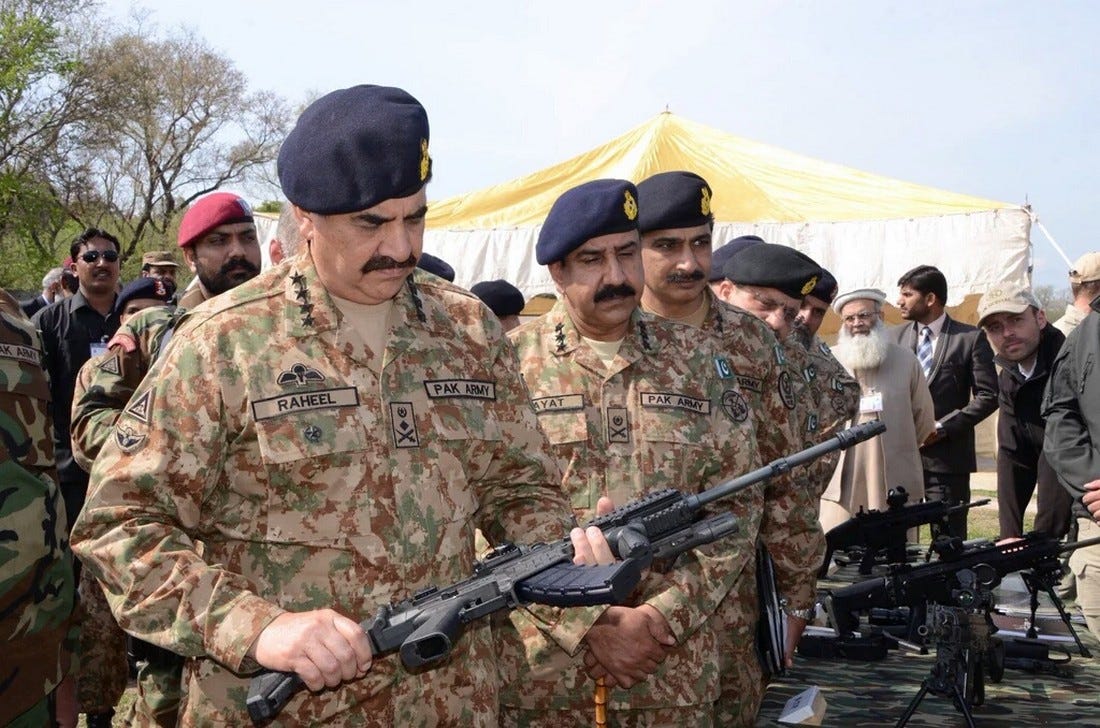Vivek Prahladan
“The main argument in favor of India going nuclear is the Chinese threat” —L.K. Jha (Secretary to Prime Minister) March 5, 1967
“A nuclear stand-off with China is essential as soon as possible” — P.N. Haksar (Secretary to Prime Minister) 1968
The Counsel of History
Indian Defense Minister Manohar Parrikar recently made a controversial “personal” comment that perhaps India must revisit its no first-use nuclear policy. However, the only available document on Indian nuclear policy has been the “Draft Nuclear Doctrine,” which has fostered perpetual speculation on the vector and valences of Indian strategic doctrine. We have had little historical perspective on how Indian doctrine has absorbed Chinese and Pakistan nuclear threats ever since India carried out its first underground nuclear test — “Smiling Buddha” — in May 1974. There is still no consensus on what the historical reasons were for India to cross the no-bomb line or what internal discussions were taking place between the scientists and the prime minister’s office. However, newly declassified documents from the prime minister’s office, which include letters between the prime minister’s office and the Department of Atomic Energy, as well as correspondence between the prime minister and scientists help establish the specific considerations that went into the making of India’s nuclear doctrine. It revises arguments such as those of George Perkovich, that, in the second half of the sixties, “the (Indian) scientists acted without benefit of a national security strategy or requirement.” The documents reveal disquiet among India’s strategists about China’s repeated nuclear tests from 1964 onwards.

















